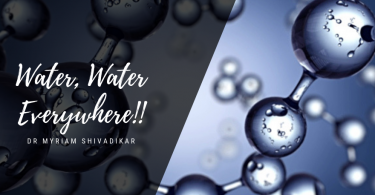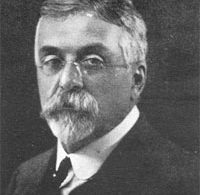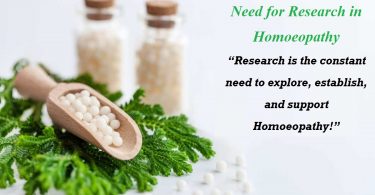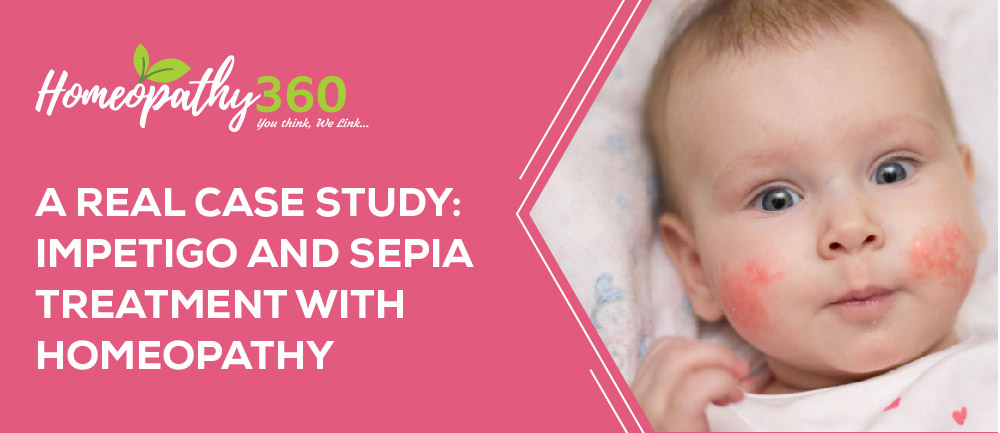
Abstract
Skin is the mirror of the internal milieu of the body. Hence, treatment of any superficial or isolated symptoms actually requires methodical consultation, a constitutional prescription and proper management regarding diet and regimen. The present article deals with a child suffering from contagious variety of impetigo who was relieved from her papulo-pustular eruptions within 3 weeks time by 4 doses of Sepia officinalis 200.
Keywords : Contagious impetigo, Sepia officinalis, children.
Abbreviations
OPD: outpatient department, BD: twice a day, ICD: International Classification of diseases, ORIDL: outcome related to impact on daily living, cm: centimetre.
Introduction
Impetigo is a common cutaneous infection that is especially prevalent in children. The most frequently isolated pathogen is staphylococcus aureus1. It is highly contagious superficial bacterial skin infection. The face, scalp and limbs are commonly affected but other sites can also be involved, particularly if there are predisposing factors such as eczema.All ages can be affected but non-bullous disease particularly affects young children, often in late summer.There are two main presentations: bullous impetigo, caused by a staphylococcal epidermolytic toxin, and non-bullous impetigo, which can be caused by either staphylococcus aureus or streptococci, or both together. Predisposing factors are minor skin abrasions and the existence of other skin conditions, such as infestations or eczema 2.
It manifests as very thin walled vesicles which rupture rapidly leaving behind ulcers covered with bright yellow crusts and pus 3.The lesion spreads peripherally without central healing and many lesions may coalesce to form polycyclic plaques. On drying, the crust shed of leaving erythema which fades without scarring 4.In severe cases regional lymph nodes may be involved with fever and other constitutional symptoms3.
Case history
A female child aged 7 years came to OPD with her mother having multiple papulo-pustular eruptions on face, mainly over nose and forehead area since one week. It started as small isolated vesicles which enlarged into blebs (bullae) and became pustular. The blebs ruptured with discharge of turbid content. Now, the blebs had become flat and depressed in the centre.
Generalities: The child has excessive desire for sour things. Her appetite and thirst was moderate. Stool was semisolid and unsatisfactory along with sometime pain in abdomen which was relieved by passing flatus. There was flatulence after eating bread at most of the time as said by her mother. On slight exertion, she sweats profusely,having no offensive odour. Thermal reaction of the patient was chilly. Mentally, she was very calm and quiet in nature.
On local examination, there were multiple small reddish eruptions with excessive itching on nose and forehead area of face. There was accumulation of pus with slight oozing of blood on scratching. The eruption was suppurating in nature.
Diagnosis
The case was likely to be diagnose has impetigo contiguousa, as the eruption was multiple papular- pustular on face, which initially started as vesicles. Impetigo contiguousa can be diagnose by the following points – very thin walled vesicles which rupture rapidly leaving behind ulcers covered with bright yellow crusts and pus. As per ICD -10 versions the code of impetigo contiguousa is L01.0 5.
The differential diagnosis of impetigo contagiosa may be as follows: bullous erythema multiforme (vesicles arise from a portion of red plaques, 1 to 5 cm in diameter, on the extensor surfaces of extremities), bullous lupus erythematosus (widespread vesiculobullous eruption that may be pruritic, tends to favour the upper part of the trunk and proximal upper extremities), bullous pemphigoid (vesicles and bullae appear rapidly on widespread pruritic, urticarial plaques), herpes simplex virus (grouped vesicles on an erythematous base that rupture to become erosions covered by crusts, usually on the lips and skin; may have prodromal symptoms), insect bites (bullae seen with pruritic papules grouped in areas in which bites occur), pemphigus vulgaris (non pruritic bullae, varying in size from one to several centimetres, appear gradually and become generalised, with hyperpigmentation, but no scarring occurs), Stevens-Johnson syndrome (vesiculo-bullous disease of the skin, mouth, eyes, and genitalia; ulcerative stomatitis with haemorrhagic crusting ), thermal burns (history of burn with blistering in second-degree burns), toxic epidermal necrolysis (Stevens-Johnson–like mucous membrane disease followed by diffuse generalised detachment of the epidermis) and varicella (thin-walled vesicles on an erythematous base that start on trunk and spread to face and extremities; vesicles break and crusts form) 6.
Case analysis
After proper case taking and diagnosis, the case is analysed properly to make the totality of symptoms. Pustular, itching eruption, desire sour things, intolerance to bread, tendency to take cold easily, easily tired on exertion are the keynote symptoms for prescriptions.
Evaluation of symptoms
- Mental general – patient was very calm and quiet.
- Physical general – excessive desire for sour things, intolerance to bread, profuse perspiration, and thermal reaction is chilly.
- Particular symptoms – multiple papulo-pustular eruptions on face, mainly over nose and forehead area, which when ruptured with discharge of turbid content.
Repertorisation
Finally, Kent Repertory was preferred for systemic repertorisation by using HOMPATH software 6. The repertorisation chart is given as follows:
Table 1
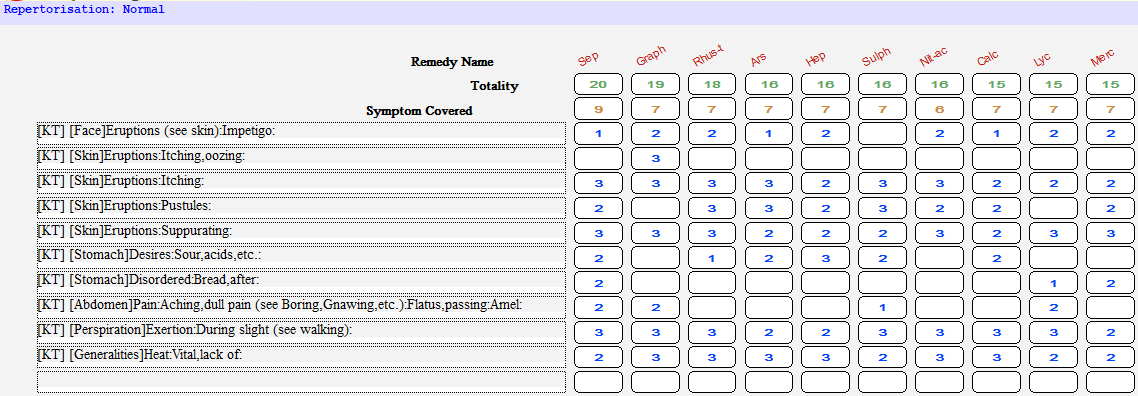
Follow ups
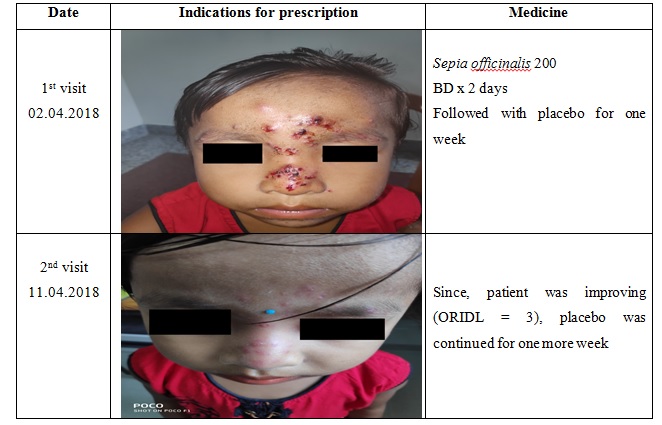
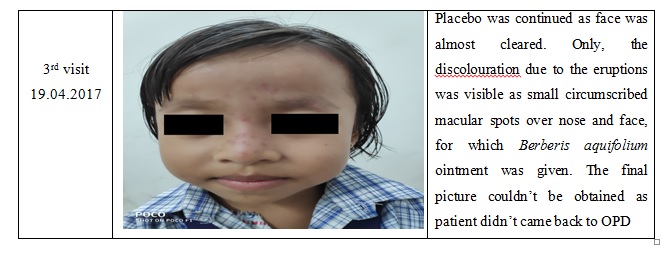
Discussion
Impetigo, a highly contagious skin condition, usually occurs on the face, neck and hands of young children and infants.There are various literature authenticities that prove, Sepia officinalis is one of the frequently used remedy in different variety of skin disease condition including impetigo. Vesicular eruptions in the axilla, upon the tips of the elbows; eruptions that pile up in great crusts on the elbows; thick crusts form upon the joints; eruptions between the fingers; moist eruptions that pour out a watery fluid, or thick, yellow, purulent fluid are the therapeutic characteristics of Sepia officinalis regarding the sphere of skin 6. Itching which often changes to burning when scratched. Painful eruptions on tip of nose 7are few more indications which are also elicited in the above case report.
From the database of published articles on impetigo it was found that in a case of 82 years of male patient suffering from impetigo having co-morbidity of type 2 diabetes mellitus was cured completely with Hepar sulphuricum 308. In another case of female child 3 yrs of age suffering from impetigo contagiosa had responded well to Hepar sulphuricum 200 prescribed on basis of totality of symptoms within 2 weeks9. Finally, in a documented case of a young unmarried girl of 22 years of age suffering from contagious impetigo having symptoms of pustular eruption of skin over her neck and face along with unbearable pain, fever, stiffness of neck, swelling of both eye, feet and intense itching was healed by Mezereum 200C with Staphylococcinum 200C given as an intercurrent remedy 10.
Conclusion
Homoeopathy, in most instances, has documented evidences to remove infections of skin and in the present era of ever-increasing microbial resistance to pharmaceuticals, homoeopathic medicines hold a unique position in their ability to provide safe and effective solution, especially in cases of impetigo. The above illustrated case with evidence based photography is such an example.
References
- Pereira LB. Impetigo-review. Anais brasileiros de dermatologia. 2014 Apr; 89(2):293-9.
- Turner A.N, Savill J, Stewart L.H, Cumming A. Kidney and genitourinary disease. Edited by Haslett Christopher, Chilvers R. Edwin, Boon Nicholas A, Colledge R. Nicki. International Editor Hunter A.A. John. Davidson’s Principles and Practice of Medicine. Churchchill Livingstone; 2002; Nineteenth Edition; 1235-36
- Gupta R, Manchanda R. K. Textbook of Dermatology for Homoeopaths. B Jain Publishers (P) Ltd. Fourth edition; 2011; 54-55
- Khanna N. Illustrated Synopsis of Dermatology and Sexually Transmitted. Diseases. Elsevier RELX India Pvt Ltd. Fifth Edition; 2016; 260-61
- International Classification of Diseases. Available from https://www.icd10data.com/ICD10CM/Codes (last cited on 12.08.2020)
- Cole C, Gazewood JD. Diagnosis and treatment of impetigo. American family physician. 2007 Mar 15; 75(6):859-64
- Shah J. Hompath Classic-Homeopathic Software. Version 8.0 Premium. Mumbai; 2005
- Kent JT. Repertory of the homoeopathic materia medica. Enriched Indian edition reprinted from 6th American edition. New Delhi: B. Jain Publishers (P) Ltd.; 2008.
- Clarke JH. A Dictionary Of Practical Materia Medica, Vol 1, Vol 3.B Jain Publishers(P) Ltd. 2000
- Nwabudike LC. Impetigo and Homeopathy –A Case Study. The Publishing House of the Romanian Academy.89-93. Available from https:// www.researchgate.net/ publication/ 309203705 . (last accessed on 14.07.20)
- K Deep, T Shalini. A Case of impetigo cured with Homoeopathic similimum. International Journal of Homoeopathic Sciences. Jan – March 2020; 4(1): 28-30. Available from www.homoeopaathicjournal.com (last accessed on 14.07.20)
- Bhaumik H. Evidence – based Homoeopathy: A case of Contagious Impetigo. AYUHOM: Vol. 4, Issue 2 (July – Dec, 2017); 155 – 159
About the authors
- Dr Minakshi Das
PGT, Department of Materia Medica
R.B.T.S Govt .Homoeopathic Medical College & Hospital
Muzaffarpur, Bihar
- Dr Maurya Manjurani Sheopal
Senior Research Fellow (H)
Dr Anjali Chatterji Regional Research Institute (H) of Kolkata
Under Central Council for Research in Homoeopathy
Ministry of AYUSH, Govt of India
- Dr Partha Pratim Pal
Research Officer (H)/ Scientist-I
Dr Anjali Chatterji Regional Research Institute (H) of Kolkata
Under Central Council for Research in Homoeopathy
Ministry of AYUSH, Govt of India


